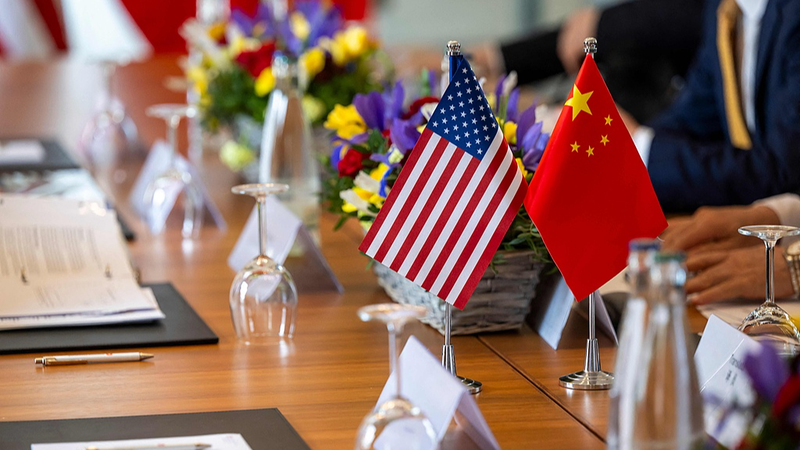Ever noticed how the U.S. and the Chinese mainland are basically playing mirror games with tech restrictions? 🔄 From semiconductors—the chips powering your smartphone—to rare earth minerals that fire up EV motors, each side is grabbing the other's playbook and turning it back on itself.
At first glance, it looks like pure tit-for-tat: tariffs meet tariffs, chip curbs meet rare earth bans. But dig deeper and you’ll see they’re edging toward strategic symmetry, a state where neither side holds unchecked dominance. Instead, they learn each other’s limits, setting unspoken rules that shape global tech competition.
After rounds of tariff battles in 2025, both governments realised that continuous escalation only hurt them—and factories from Bengaluru to Ho Chi Minh City felt the pinch. That shift opened the door to a steadier way of managing friction, one that relies on balanced restrictions rather than all-out trade wars.
Today, chips and rare earths form a delicate duo: two critical tech inputs that neither the U.S. nor the Chinese mainland can fully cut off from the other overnight. Analysts say self-reliance will take years, keeping both sides tied in a reluctant dance of interdependence.
For young pros across South and Southeast Asia, this means your next gadget drop or EV launch could still depend on smooth supply lines between two global giants. It’s not just about who wins or loses—it’s about how they handle this complex web of tech ties.
Looking ahead, expect competition to spill into AI rules, advanced materials, and green tech. Each new shared vulnerability will add complexity—but also a layer of stability. If managed by the logic of balance rather than destruction, mutual dependence might just pave the way for a steadier global order.
Reference(s):
cgtn.com




